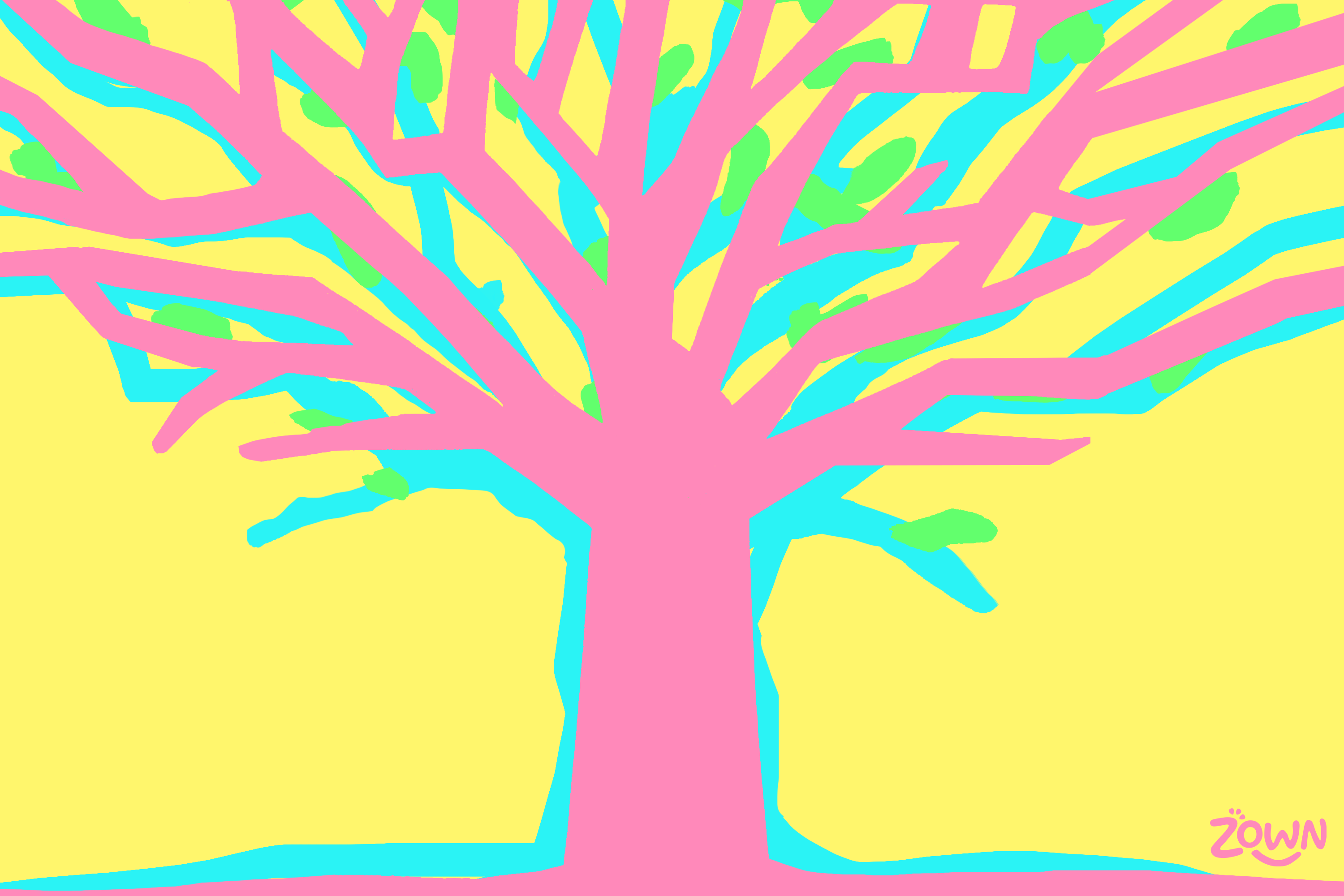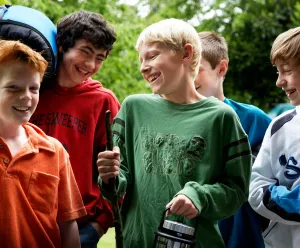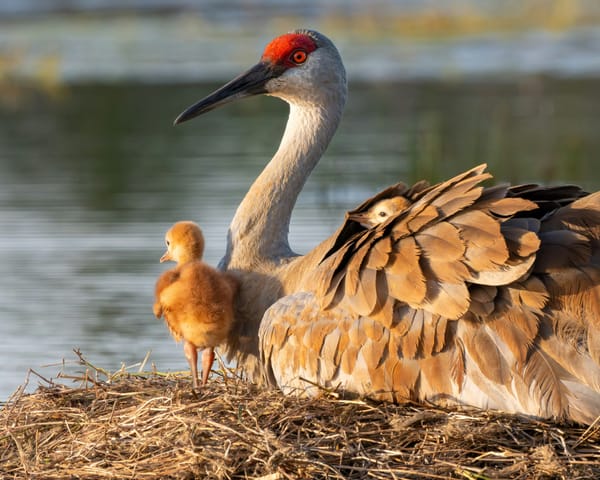Created for Zown by Dr Marcelle Moore, Clinical Psychologist (Child and Family), MA (Hons); MPhil (Sc); DClinPsych; Dip Systemic Practice; Director of Family Jigsaws
As humans, we are social creatures, and friendships are an essential part of our lives. For kids, friendships are especially important, as they help them develop socially and emotionally. However, making friends can be a daunting task, especially for children who are shy or introverted. In this article, we will explore the concept of Friendship Trees and provide practical tips on how kids can climb this tree and form lasting friendships.
The Friendship Tree
Think of a Friendship Tree as a tree going upwards and then going back down as people change or fall apart. Just like a tree needs soil and roots to grow, friendships need a solid foundation to thrive. In the case of Friendship Trees, the soil and roots represent the people kids are already familiar with, such as school friends, classmates, and family friends.
Climbing the Tree (Meeting new people)
To climb the Friendship Tree, kids need to take action and think about connecting with new people. Just like climbing a real tree, it takes courage to climb the Friendship Tree, take risks, and observe. Kids should ask themselves the following questions:
- Do they make me feel good?
- Do I want to know more about them?
- Do I have fun when I’m with them?
The Branches
Friendship Trees have several branches, each representing a different level of friendship.
Bottom Branches (Acquaintences)
The bottom branches represent acquaintances. Kids should start by saying hi and being friendly to those around them. These initial connections can grow into more meaningful friendships later on.
Mid-zone Branches (Growing friendships)
The mid-zone branches represent growing friendships. Kids should invest more time in these friendships by hanging out, spending time at the playground, or visiting family friends' homes. They should be curious and ask questions to determine if these new friends are potentially part of their tribe. Sharing information about hobbies and interests can also help increase the bond between them.
Near the Top (Close friends)
The near-top branches represent close friendships. Kids should feel safer and more confident in these connections. They should be more secure about sharing personal information and protective of the relationship. Trust is growing, and the relationship is becoming more important.
Very Top (Best friends territory)
The very top of the Friendship Tree represents best friend territory. Kids can be their true selves around their best friends. Trust is high, and they feel safe and close to their best friends. A high investment of time, playdates, and sharing personal information can increase the closeness of these friendships. Best friends often have fun and laugh together, create games, take turns, and feel understood by each other.
When Relationships Degrade: Signs It’s Time to Let Go
Just like the branches of a tree can break off in a windy storm, friendships can also come to an end or become less fulfilling. While it's important to work on repairing and strengthening relationships, there are times when it's necessary to let go and move on. Here are some signs that a friendship may be degrading:
Very Top (Best friends territory)
When a connection is lost, and kids no longer feel like themselves around their best friends, it's a sign that the friendship may have run its course. Kids may notice that their best friend is doing things to hurt them, and it's no longer a fun and safe space to be themselves.
Near the Top (Close friends)
If kids can't rely on their close friends, feel worried or dread when they have a playdate, or don't think their friend is being truthful, it may be time to re-evaluate the relationship. When they stop having things in common, or their friend makes them feel guilty for not being available, it can be exhausting to maintain the friendship. They may also feel like their feelings are not being taken into consideration.
Mid-zone Branches (Growing friendships)
Kids may start to notice that they don't have as much fun as they used to with their new friends, or they may not feel as connected as they once did. If their friends don't include them as much or they don't share the same interests and hobbies, it can be a sign that the friendship is becoming less fulfilling. If they feel like it's more than just a bad day and their friends don't usually say sorry, it's time to reconsider the friendship.
Bottom Branches (Acquaintences)
It's okay to recognize that someone may not be the best fit for a close friendship and continue to be friendly in the classroom, on the playground, or on a sports team without pursuing a deeper connection outside of those settings.
Conclusion
Friendships are an essential part of our lives, and it's important to work on developing and maintaining them. However, it's equally important to recognise when it's time to let go and move on. By paying attention to the signs of a degrading friendship, kids can make informed decisions about which branches of their Friendship Tree to invest their time and energy in. Ultimately, a friend is someone you trust, usually laugh with, like how you feel when you are around them, and are likely to share common interests/hobbies. Feeling safe and connected is key, and it's important to prioritize those relationships that make us feel our best selves.









